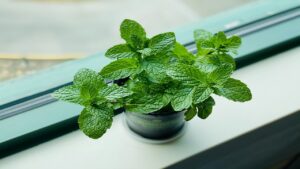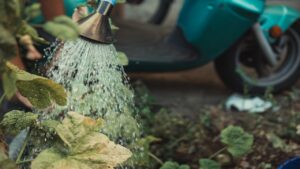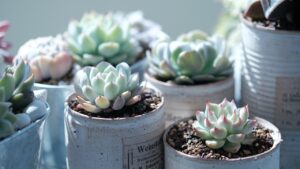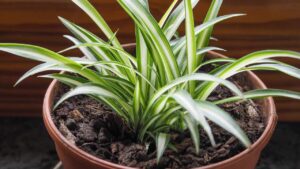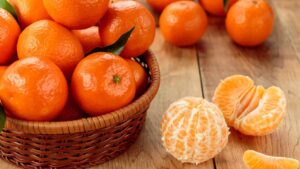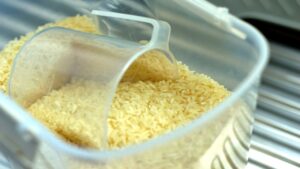“Mother of Thousands”: A Plant With Particular Growth and a Thousand Benefits
The “Mother of Thousands” is a succulent plant belonging to the Crassulaceae family. It originates from tropical and subtropical regions in Africa, the Americas, and Asia. This plant is known for its particular growth, which makes it truly unique. It produces many small shoots at the tips of its leaves, and these fall to the ground, where they naturally take root and give rise to new plants. This method of reproduction has given it the nickname “Mother of Thousands.”
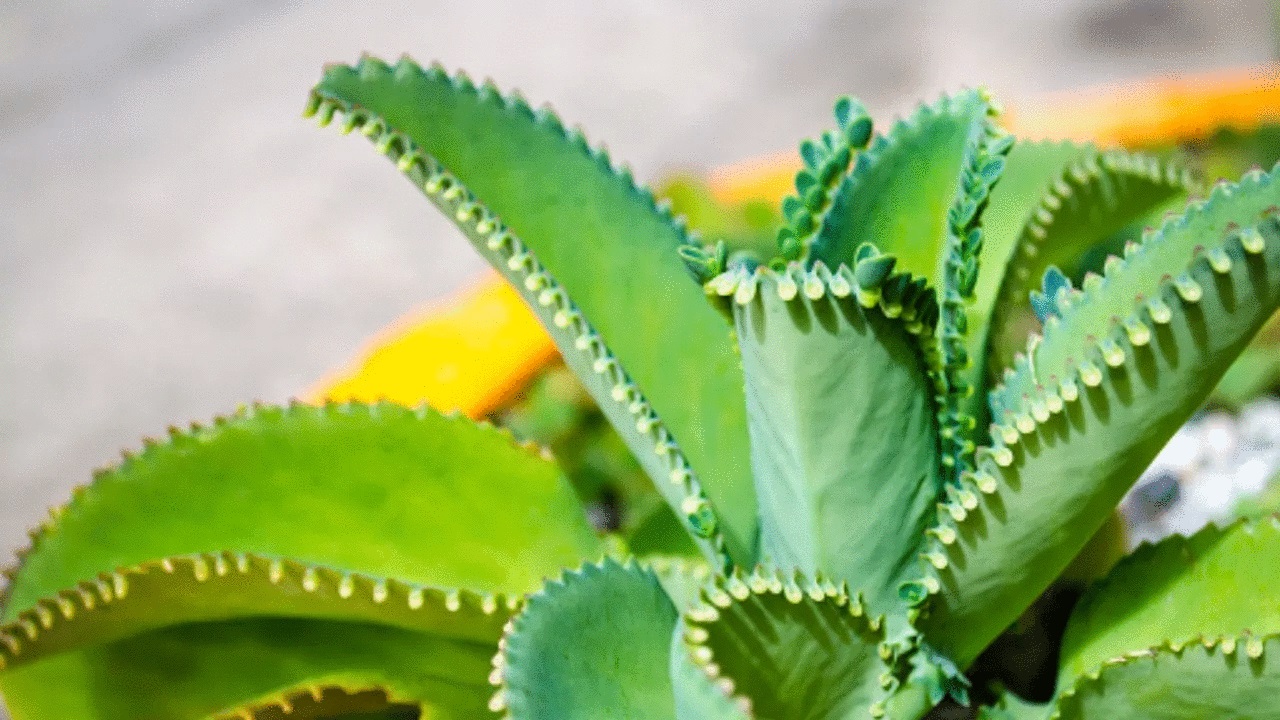
The “Mother of Thousands” is a hardy and easy-to-grow plant. It needs little care and prefers either full sun or partial shade. It tolerates drought well and can survive on little water, making it ideal for busy individuals or those without much gardening experience. It readily adapts to various soil types, as long as the soil is well-drained.
However, the unique features of this succulent do not end here. In fact, it also offers numerous health benefits and is used in traditional medicine in some countries.
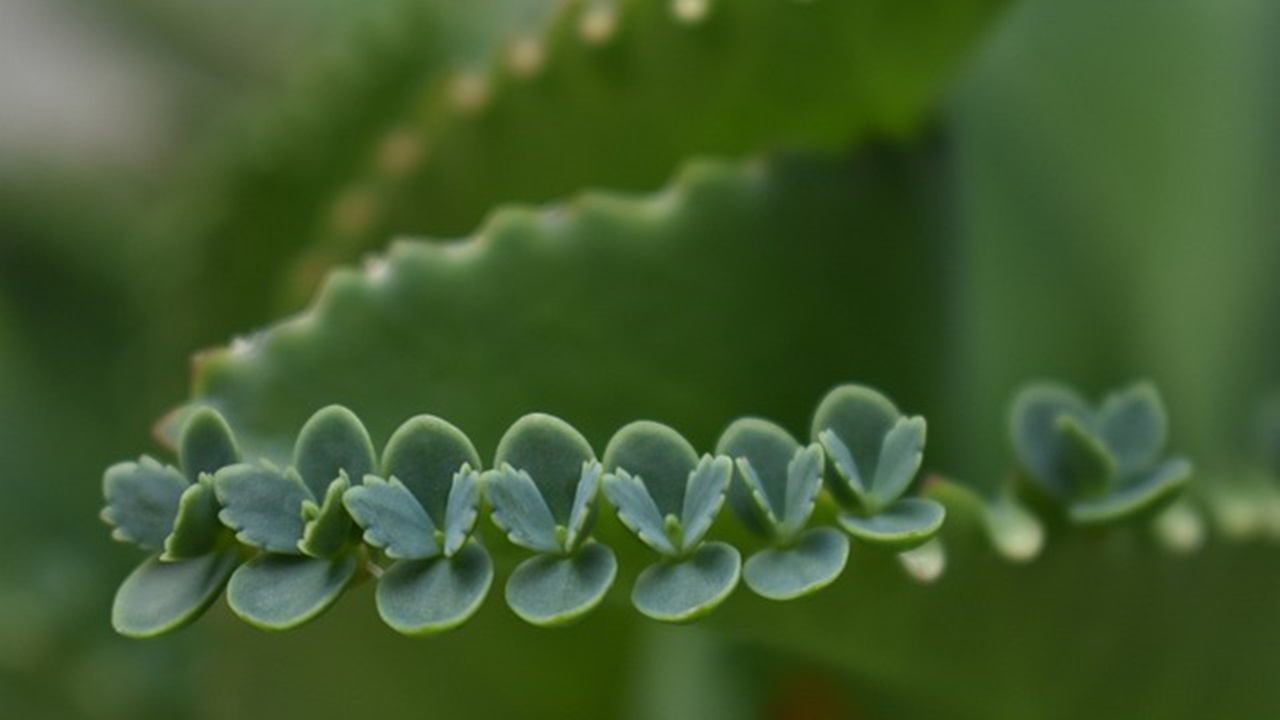
The Properties of the “Mother of Thousands”
The leaves of the “Mother of Thousands” contain several chemical compounds, including flavonoids, triterpenes, and glucosinolates. These compounds grant it anti-inflammatory, antioxidant, and antimicrobial qualities. In certain cultures, the leaves are used to treat wounds, burns, and other skin injuries. The pulp from its leaves is believed to be effective in curing warts.
Additionally, this particular succulent helps purify the air. It absorbs volatile organic compounds present in the environment, thereby reducing the presence of air pollutants inside our homes. It’s well-suited for indoor cultivation and proves effective at enhancing air quality in offices and enclosed spaces.
Despite its numerous advantages, caution is necessary when dealing with the “Mother of Thousands” because if ingested, it can be toxic to pets and children. The leaves contain a chemical called bufadienolide, which can cause gastrointestinal irritation and heart disease.
